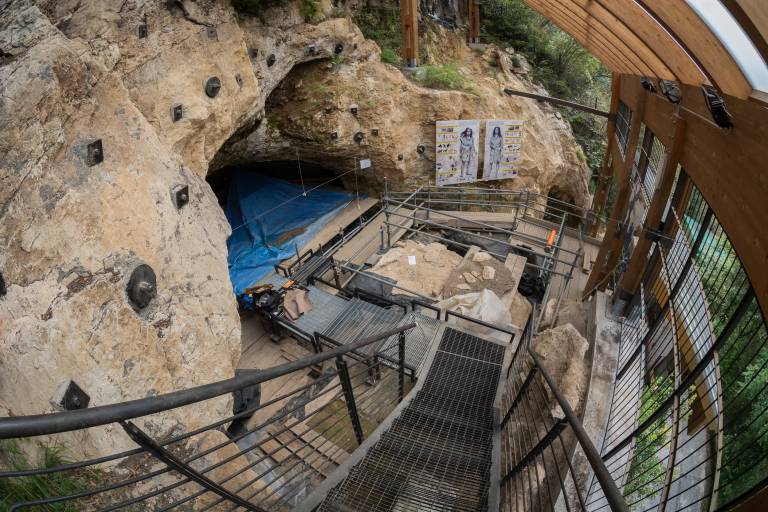Italian Stone Tool Technology rooted in the stone tool technology of Homo neanderthalensis
29 December 2015
From the intricate ensemble of evidence related to the Middle-Upper Palaeolithic transition and the presumed first spread of anatomically modern humans in Europe, the Uluzzian has attracted major attention in the past few years.
 Although the Uluzzian has been viewed as a supposed product of modern humans settling in Mediterranean Europe, the techno-cultural complex has been the subject of few investigations aiming to clarify its chronology, bone industry, and settlement dynamics.
Although the Uluzzian has been viewed as a supposed product of modern humans settling in Mediterranean Europe, the techno-cultural complex has been the subject of few investigations aiming to clarify its chronology, bone industry, and settlement dynamics. Further, little is known of its technological structure. This article presents the results of an extensive study of the lithic and bone technologies from assemblages recovered at Fumane Cave in the north of Italy. Results confirm that the Uluzzian is a flake-dominated industry that brings together a set of technological innovations. The Levallois is the most used method in the initial phase, which is replaced by more varied flaking procedures and an increase in bladelets and flake-blades. Sidescrapers and points also represent a Mousterian feature in the initial phase, while splintered pieces, backed knives and other Upper Palaeolithic tools increase in the later phase.
The team's results suggest that the Uluzzian is rooted in the Mousterian lithic technological context and cannot be viewed as a proxy for anatomically modern humans, the carriers of the abrupt cultural changes related to the Aurignacian.
For more check out the article here.
 Close
Close

